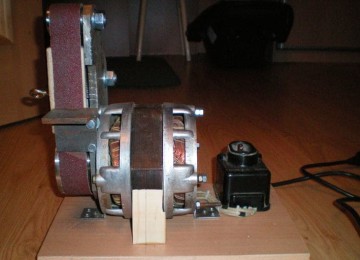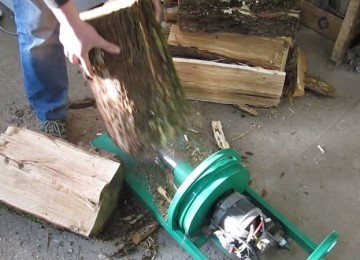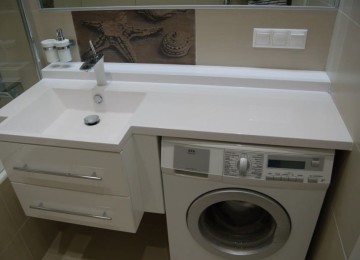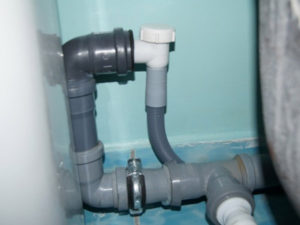 A washing machine check valve is a piping element that prevents dirty water from getting back into the machine drum.
A washing machine check valve is a piping element that prevents dirty water from getting back into the machine drum.
This element has a tip designed to connect to the hose, as well as a reverse valve, which is located inside.
It usually comes with the washing machine. However, in some cases it is purchased separately.
Functions and types of check valve for a washing machine
The non-return valve (anti-siphon) for the drain is a very important element of the machine. It prevents waste water from the drain pipe from returning to the tank. This happens quite often and the main reason is incorrect connecting the washing machine to the drain pipe.
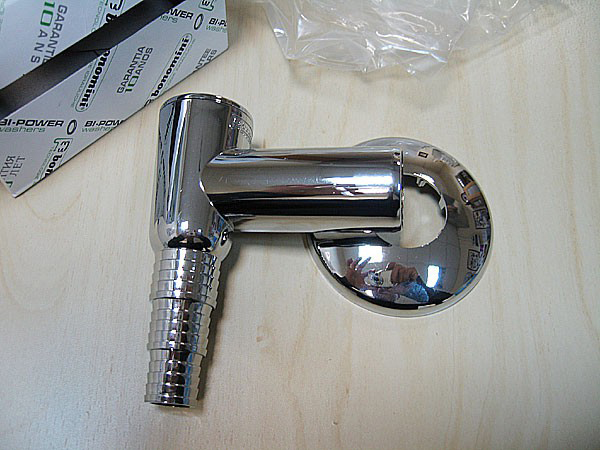
At the same time, dirty water gets into the tank of the machine, which spoils the laundry in the drum. It also increases significantly electricity consumption.
It freely passes waste water from the tank. And a special damper will block the path of dirty water and prevent it from flowing from the sewer pipe back into the tank.
Today there are 5 varieties:
- wall;
- segmental;
- solid;
- under the sink;
- mortise
It is worth noting that there is no particular difference between the above antisiphons. After all, their main function is to ensure normal drainage of water. But at the same time, there are certain subtleties when connecting a particular machine to the sewer.
If dirty water comes from the water supply, then install a segmental anti-siphon. It must be disassembled from time to time and cleaned of accumulated debris and water stone.
Wall valves are used in cases where there is a need to place drain pipes in a rather narrow space between the back wall of the washing machine and the wall of the house. This anti-siphon has an aesthetic appearance and saves space. But wall-mounted ones have a fairly high cost.
Experts recommend the following models:
- Wall-mounted anti-siphon manufactured by the Czech company Alcaplast. This polypropylene check valve is simple, inexpensive and very reliable. It will fit the drain hose of any washing machine. Required for end connection with drain pipe. This anti-siphon has a chrome plated finish and a reflector at the connection point.
- Mortise anti-siphon from Siroflex. This polypropylene check valve can be embedded into a drain or used as a drain hose connector. It consists of a rubber membrane and a stainless steel spring. Organizes high-quality drainage of dirty water from the machine.
- Segmental antisiphon from Merloni. This type is installed under the sink in a siphon. Contains a rubber membrane and a spring.
Principle of operation
The valve has a simple design. A specially shaped tube contains a ball or spring anti-siphon. This tube is attached to a siphon, sewer or drain hose.
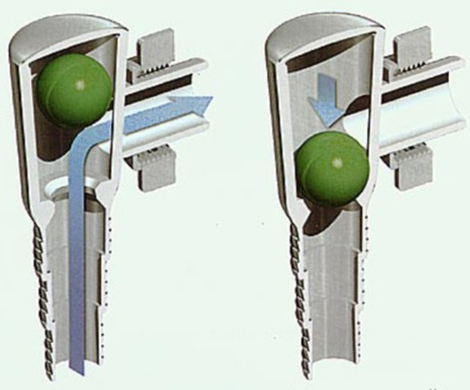
The drained water opens the valve due to pressure and goes through it into the sewer. However, water from the drain pipe will not be able to return to the washing machine tank, since it will encounter an anti-siphon that does not open in the opposite direction.
Spring - works similarly. It contains a rubber membrane and a spring. The membrane prevents wastewater from getting back into the washer. And ball structures contain a ball made of soft rubber.
Installation and replacement
An antisiphon is a tube of complex shape that contains outlets at two ends of different diameters.
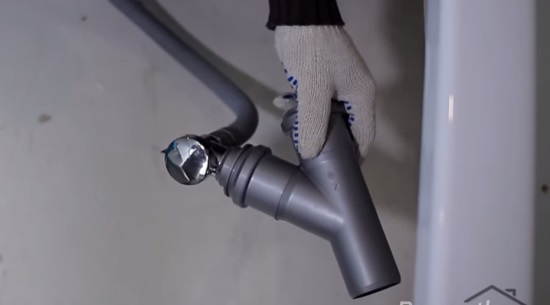
One edge should be connected to the drain hose of the washing machine, and the second should be connected to a siphon or cut into the sewer. Treat all connections with sealant.
It is important to note that it is not always necessary to install an anti-siphon. Experts recommend installing it in the following cases:
- when it is necessary to connect the machine directly to a sewer pipe, which is technically impossible to lift. And the insert is located too low.
- If you need to connect the drain hose to the siphon, which is located under the sink.







